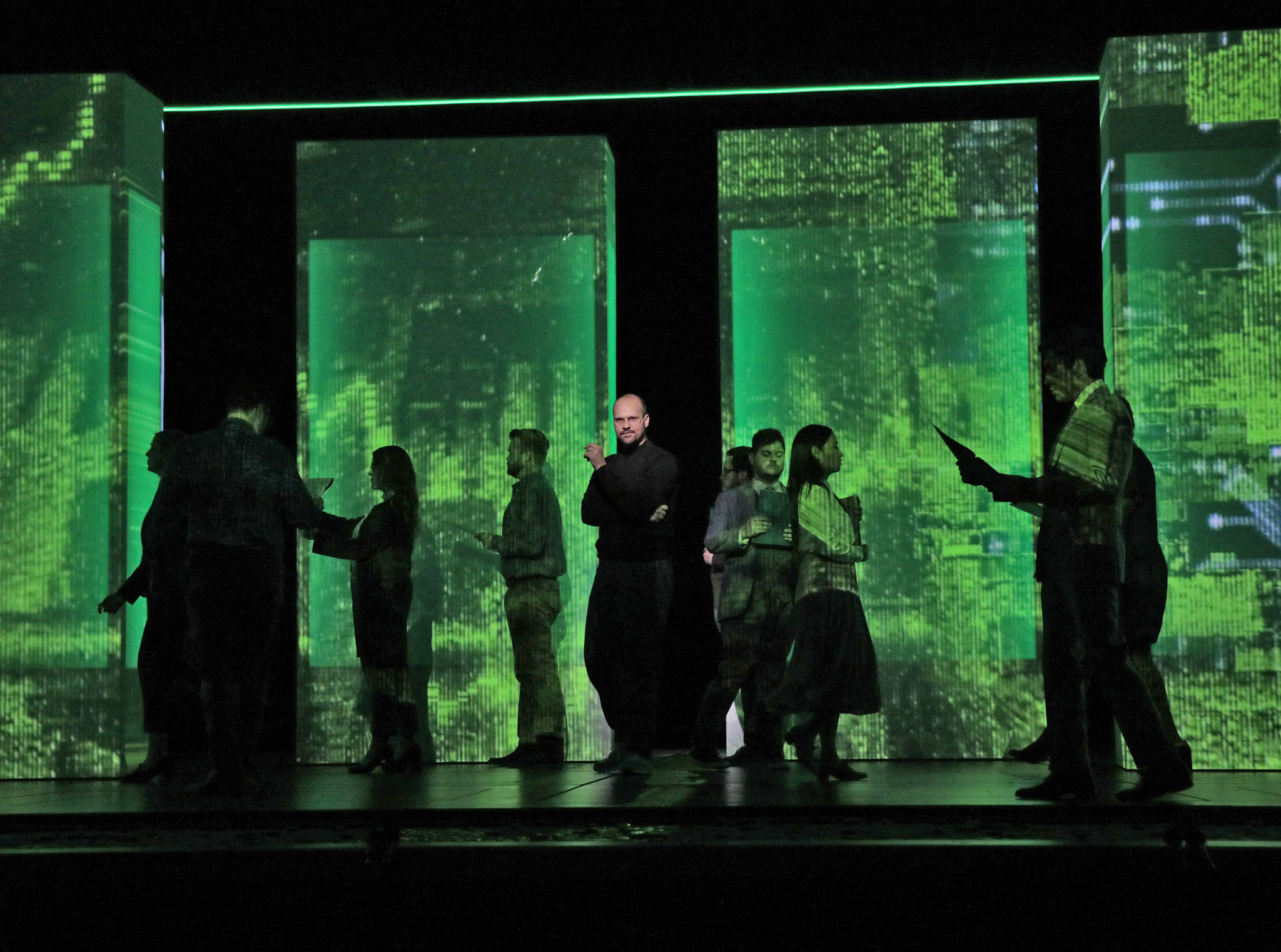There was a little extra fervor to the applause at Thursday night’s Seattle Symphony concert, which was guest conductor Thomas Dausgaard’s first time back in Benaroya Hall since last October’s announcement that he’ll take over for Ludovic Morlot starting in the 2019–20 season. More than simply appreciation for a particularly stirring performance, the crowd’s reaction seemed to reveal excited anticipation for his full-time employment. I don’t know how long he and the orchestra had been discussing their joint future—if Dausgaard chose this repertory knowing it’d be his first program as Music Director Designate (my guess is no)—but it turned out to be a thrilling homecoming.
The all-Brahms lineup was a risk because it was safe: Standard rep doesn’t get any standarder than the Variations on a Theme of Haydn and the Second Symphony. These works tempt those for whom this music is familiar to make comparisons, and neither one is a flashy showpiece calculated to dazzle. Still, though, a fresh and compelling way with classics is its own kind of showoff gesture. Between these two, Dausgaard put together a tasty suite of Brahms’ lighter music: nine Liebeslieder Waltzes interspersed with three of his Hungarian Dances. As is necessary while half the SSO is off on Seattle Opera duty, the concert used a smaller string contingent—smaller than usual for Brahms—which made it a thrill to hear the dark, brawny sound Dausgaard got from the strings during the last Hungarian Dance. You could see him on the podium exhorting them to dig in, and did they ever. The performance’s rhythmic flexibility, the ebb and flow of tempo, was considerable throughout the suite, without sounding finicky or affected. It brought these dances both vividness and emotional nuance, while showing just how intimate, how in sync, the rapport of conductor and orchestra already is.
There was no such lingering, surprisingly, over the opening of the Second Symphony, though the dialogue in the first theme, with the cellos and basses questioning and the winds answering, invites it. Here it was all about the winds, with the cellos/basses only a distant background. It came off as a sort of streamlining, with the focus on the music’s trajectory. This turned out to be how the entire movement was handled, for good or ill: Decorative flute solos felt rushed, but the effect in the middle of the movement—with the churning counterpoint given a great forward sweep—was invigorating. Not until the last few pages did Dausgaard let the music relax significantly, to beguiling effect.
The second movement, which so rarely works for me, was not just lovely but revelatory, opening with a cello tune played with a coppery, penetrating tone that set it off against a rich wind cushion. The complex textures, logy in the hands of others, here flowed beautifully; sensitive details of dynamics and balance let glints of color shine through, with a kind of golden glow cast over it all. The third movement, elfin and lilting, came off like a charming extension of the dances before intermission. Other conductors’ performances of the finale have had more punch, keener edges, but few (if any) delivered more excitement. Dausgaard amped up the tempo for the closing pages, pushing the final fanfares just to the edge of, but not beyond, the winds’ and brass’ comfort level. (The whole thing intensified my regret that I’d had to hear the Variations over the monitors in the Benaroya Hall lobby because of traffic. Thanks, Queens of the Stone Age.)
If you want an early shot of optimism about the SSO’s future, there’s one more chance, as Dausgaard and the orchestra repeat the program this Saturday night at 8.








